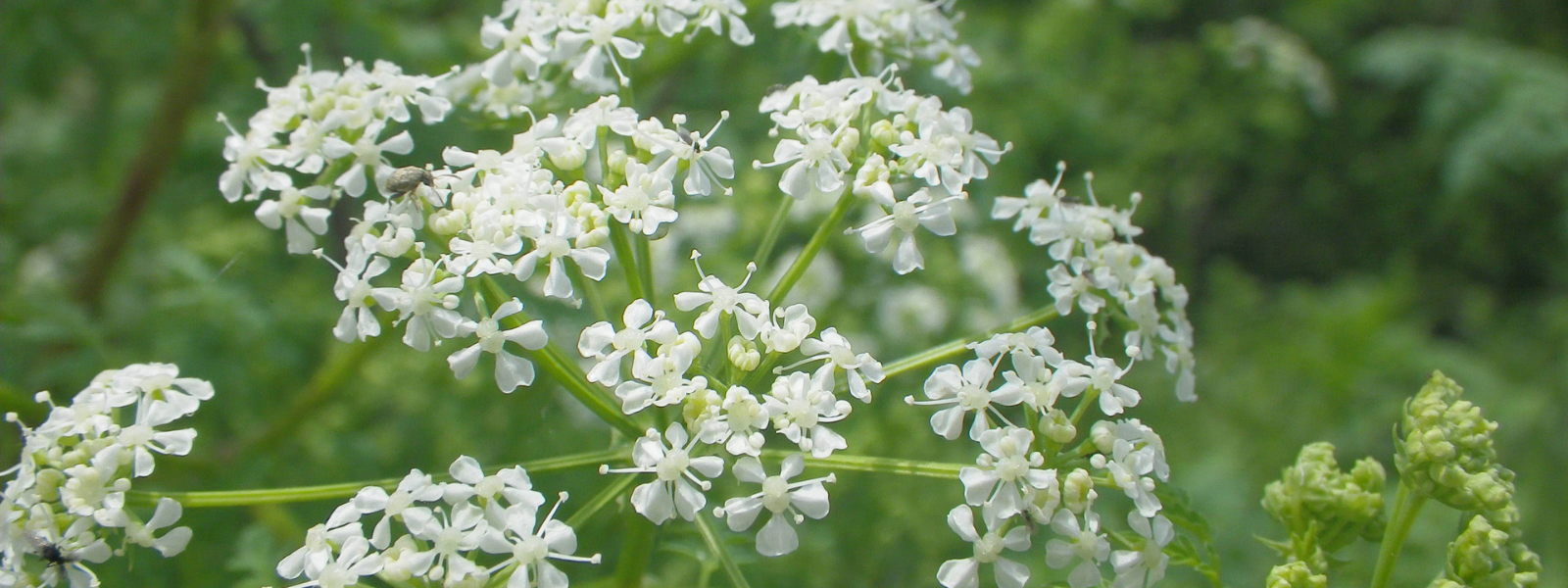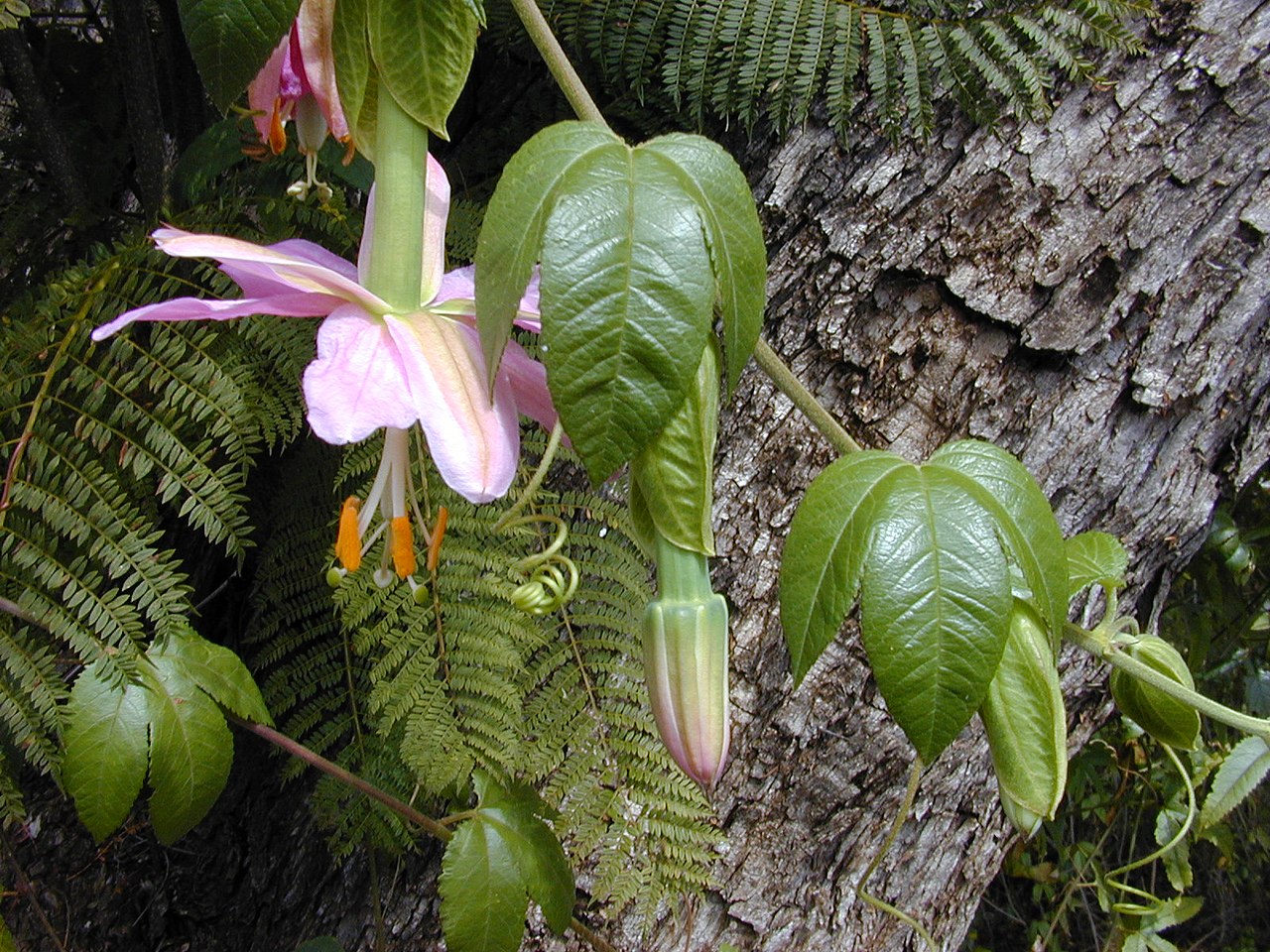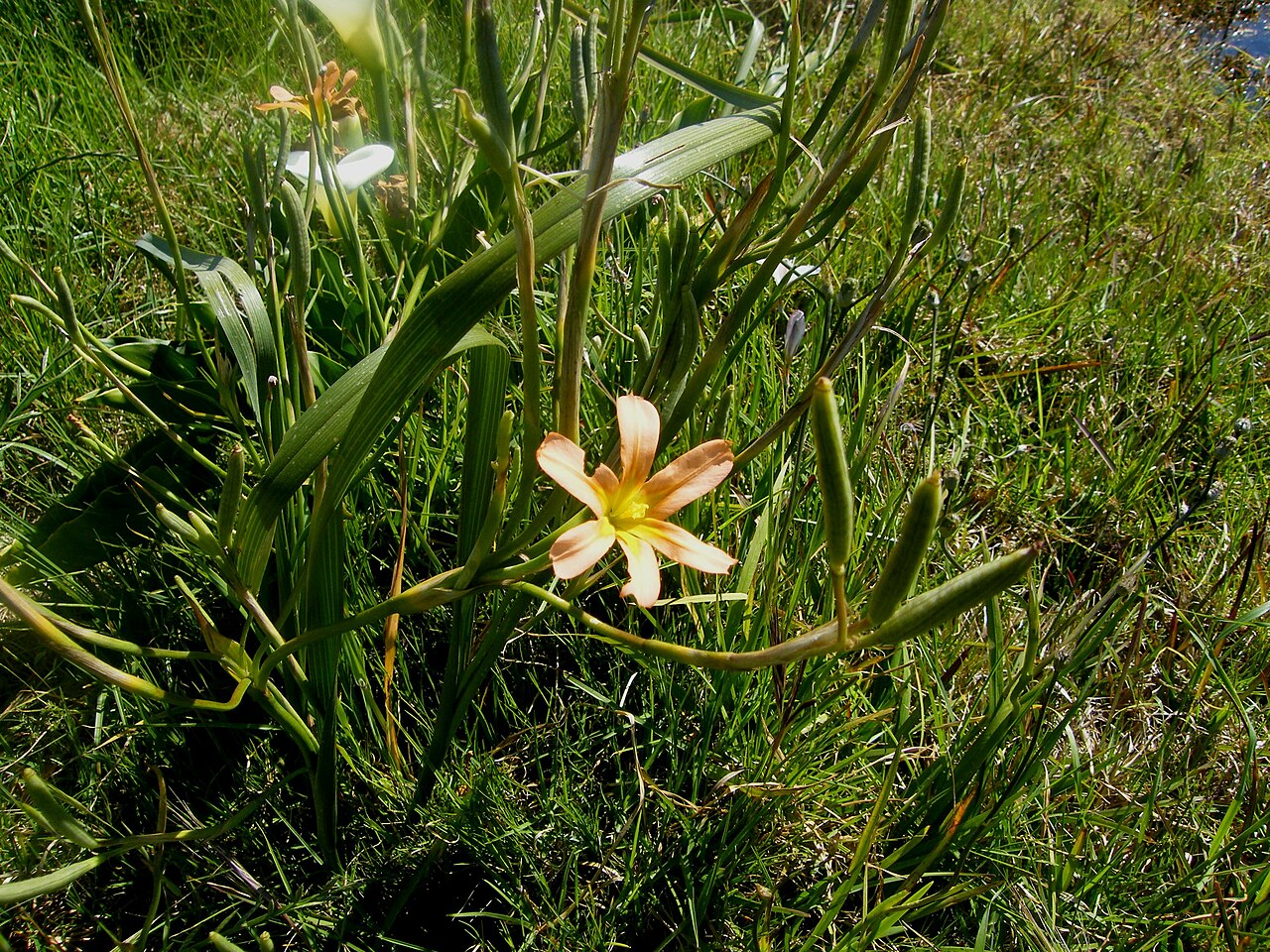
Common Name
Hemlock, Carrot Fern, Poison Hemlock, Poison Parsley, Spotted Hemlock, Wild Carrot, Wild Parsnip
Scientific Name
Conium maculatum
Family
Apiaceae
Lifecycle
Biennial
Seasons of Growth
Year-round
Key Distinguishing Feature
Tall, toxic herb with umbrella-shaped clusters of white flowers.
• Growth Form: Hemlock is a tall, erect herbaceous plant that can reach heights of 1.5 to 2.5 meters (5 to 8 feet).
• Leaves: The leaves are alternate, pinnately compound, and finely divided into small, fern-like segments. They are typically dark green.
• Flowers: Hemlock produces small, white flowers in umbrella-like clusters (umbels) that are characteristic of plants in the carrot family.
• Fruit: The fruit is a small, ridged, and slightly flattened seed, often referred to as a "fruitlet."
• Toxicity: Hemlock is highly toxic to humans and animals due to the presence of alkaloids, including coniine and related compounds. Ingesting even small amounts of any part of the plant can be deadly.
Ecological Impact:
• Hemlock is considered an invasive plant in some regions where it has naturalized. It can displace native vegetation and disrupt ecosystems.
Control Methods:
• Control of Hemlock is important due to its extreme toxicity.
• Mechanical methods, such as hand-pulling or mowing, can be used for control, but protective clothing and precautions are necessary to avoid contact with the plant.
• Herbicides may be used for control, but care must be taken to use them safely and effectively, following local regulations.
• Preventing the establishment and spread of Hemlock is critical for human and animal safety.
Hemlock is a highly toxic plant and a concern for both human safety and the environment. It should be managed carefully, and its control may require professional assistance, especially in areas where it is invasive.




